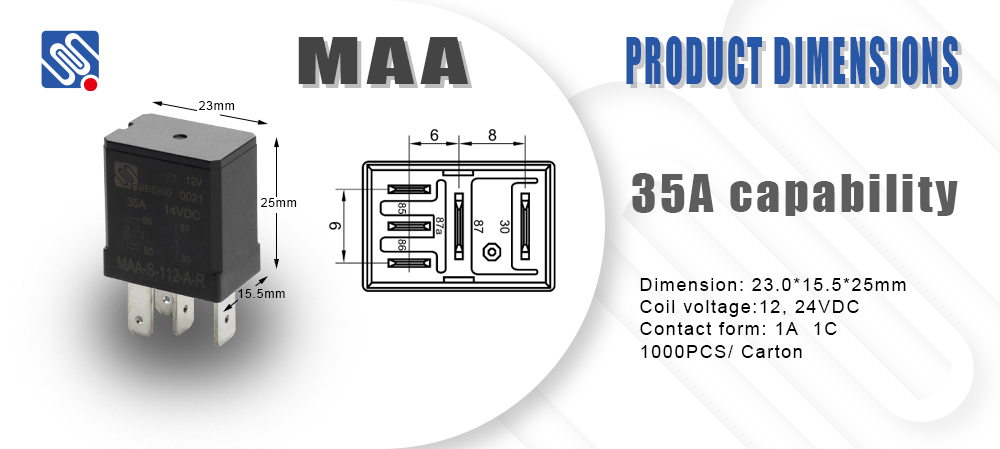Relays are essential components in electrical systems, widely used in both industrial and residential applications. A relay electrical diagram is a crucial tool for understanding how relays function within a circuit. It provides a clear representation of the components and the interactions that occur when a relay is in operation. This article will delve into the basics of a relay, how to read a relay electrical diagram, and its various applications in different industries.

What is a Relay? A relay is an electrically operated switch used to control the flow of electricity in a circuit. It consists of a coil, contacts, and a spring mechanism. When an electric current passes through the coil, it generates a magnetic field that causes the relay’s contacts to either open or close, thereby controlling the connected circuit. Relays are used for switching applications, such as controlling motors, lights, alarms, or other devices, and they provide electrical isolation between the control circuit and the device being controlled. Reading a Relay Electrical Diagram
Leave a Reply